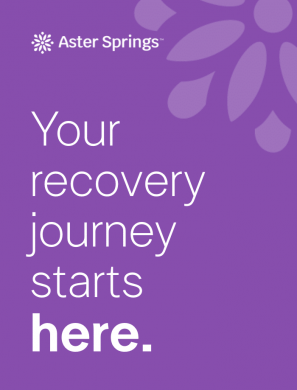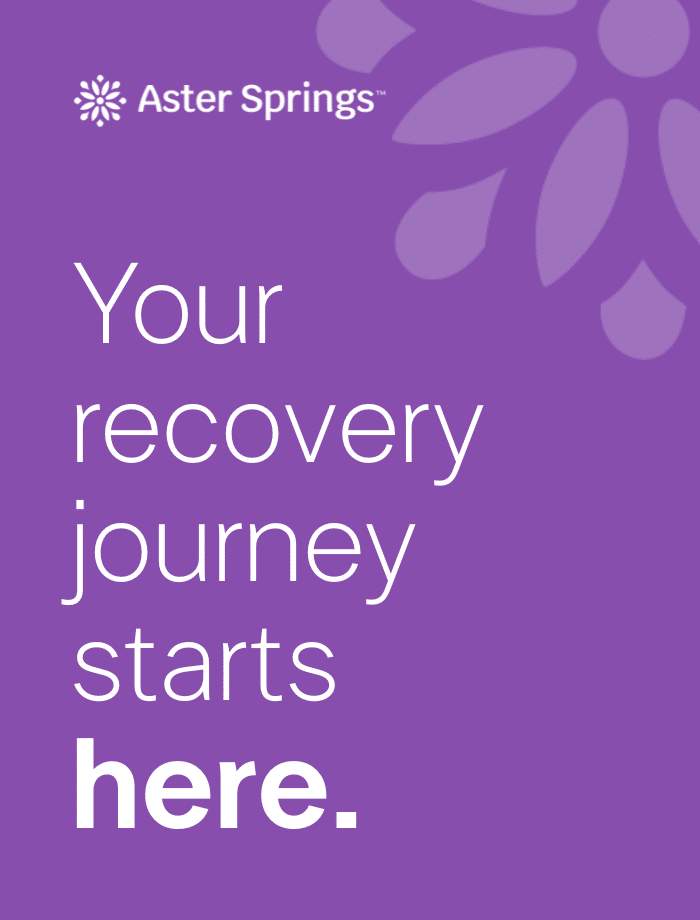Anorexia nervosa is a serious eating disorder that affects between 0.9% and 2.0% of females and 0.1% to 0.3% of males. The disorder creates an extreme fear of weight gain in people who suffer from it. Individuals with anorexia typically restrict the number of calories and types of food they eat.
They also may compulsively exercise, purge, or binge eat. An eating disorder that has some similarities to anorexia is orthorexia, a condition that describes an unhealthy obsession with “clean” or healthy eating. Being concerned with the nutritional quality of one’s food is generally a positive behavior. Still, problems occur when this concern becomes excessive, all-encompassing, or impairs a person’s mental well-being, relationships, or physical health. Individuals with orthorexia become so fixated on what they perceive as healthy eating that they actually damage their own physical and emotional well-being.
What is orthorexia?
Orthorexia turns eating into a pathological activity that becomes entangled with obsessive thinking, compulsive and ritualistic behavior, and self-punishment. Individuals with orthorexia often use a strict, highly curated diet to achieve a feeling of perfection, purity, or superiority. They may feel judgmental towards people who do not follow their same eating patterns and habits. They often spend an excessive amount of time planning and researching “pure” foods, which interferes with their participation in normal social activities and interactions. These symptoms are what turn a desire to eat better or follow a trendy diet into orthorexia nervosa.
Much like other eating disorders, research suggests that orthorexia is rooted in anxiety and/or depression. It may also be accompanied by other eating disorders such as anorexia nervosa, bulimia, or binge eating disorder (BED), meaning an individual could binge on seemingly healthy foods (vegetables or fruits, for instance) and then purge to get rid of the calories.
Unlike most other eating disorders, orthorexia often develops and manifests in plain sight of family members, friends, and acquaintances. At first glance, a person suffering from orthorexia can look like any other person focused on physical health; they may even talk openly about their eating habits, provide insight on how they source ingredients, and advise on which foods are “unhealthy” or impure. In a society that applauds health and has deep fears about the quality and safety of our food, these behaviors are seen as a good thing and are often encouraged and celebrated by a person’s loved ones.
While it’s true that being mindful and health-focused regarding food is generally positive, orthorexia is characterized by a host of symptoms and behaviors that are deeply unhealthy in the long run.
Some symptoms and warning signs of orthorexia include:
- Compulsively checking of ingredient lists and nutritional labels
- Increased concern about the health of ingredients
- Eliminating an increasing number of food groups (all sugar, all carbs, all dairy, all meat, all animal products)
- Inability to eat anything but a narrow group of foods that are deemed ‘healthy’ or ‘pure’
- Unusual interest in the health of what others are eating
- Spending a lot time thinking about what food might be served at upcoming events
- Showing high levels of distress when ‘safe’ or ‘healthy’ foods aren’t available
- Obsessively following food and ‘healthy lifestyle’ blogs on Twitter and Instagram
- Body image concerns may or may not be present
Some eating habits can trigger behavior that resembles orthorexia. However, simply adopting an alternative way of eating, whether based on science or pseudoscience, does not mean someone has an eating disorder. For example, some people may restrict certain food groups (vegan, gluten-free, Paleo) without developing the behaviors and symptoms of orthorexia.
Is orthorexia the same as anorexia?
Many of the symptoms and behaviors associated with orthorexia appear to overlap with those of anorexia nervosa. Yet, in cases of anorexia, the focus is more on restricting the quantity of food eaten, rather than on the quality and purity of food eaten. Anorexia is driven by a desire to lose weight by restricting calories, while orthorexia is driven by a desire to eat only the purest, cleanest, or most wholesome foods.
Since orthorexia is a newer diagnosis, it still has varying levels of acceptance among eating disorder treatment professionals. Some eating disorder specialists regard orthorexia as a distinct diagnosis like anorexia or bulimia. Many professional believe instances of orthorexia are rising due to the increased use of social media, which popularizes extreme diets and other food-related behavior. Other health professionals believe that people who exhibit the symptoms of orthorexia are actually suffering from anorexia, due to similiarities like:
- A desire to maintain control by severely controlling daily food consumption
- Seeking self-esteem and fulfillment through control over food intake
- Citing undiagnosed or nonexistent food allergies as a rationale for eliminating certain foods
- Co-occurring disorders such as obsessive compulsive disorder
- Elaborate rituals or fears about food that may result in social isolation and impairment
How are orthorexia and anorexia different?
Obsession with body weight is one of the primary signs of anorexia, bulimia, and other eating disorders. But this is not a symptom of orthorexia. Instead, the focus for people with orthorexia is an obsessive focus on the health implications of their dietary choices.
People with anorexia will severely restrict their food intake in order to lose weight. People with orthorexia, however, strive to eliminate any food that isn’t healthy, pure, or clean. The focus is on quality of foods consumed instead of the quantity. In the end, it is critical that people with eating disorder signs and symptoms seek appropriate clinical advice from a professional with experience treating orthorexia, anorexia as well as other conditions. The obsessive tendencies associated with orthorexia can indicate a co-occurring disorder that should be diagnosed and treated by a psychiatrist.
There are definite similarities as well as differences between anorexia and orthorexia. Both of these eating disorders tend to provide a sense of control and stability around the consumption of food. Again, both eating disorders are dangerous mental illnesses that require professional treatment from a skilled clinician.
Finding Hope + Healing
Eating disorder recovery is an ongoing journey that requires consistent support, a nurturing environment, and a multidisciplinary approach. The compassionate team at Aster Springs provides whole-person treatment for a range of eating disorders and co-occurring conditions, including orthorexia nervosa. Our levels of care include residential treatment, partial hospitalization, and intensive outpatient programs, each designed to provide compassionate support when it’s needed most. These programs not only help restore physical health but also address the psychological and emotional impact of eating disorders.
If you are ready to take the next step in the eating disorder recovery process for you or your loved one, the compassionate team at Aster Springs is here to help. Contact us to learn more about our treatment programs and how we can support you on your journey to overall well-being.



